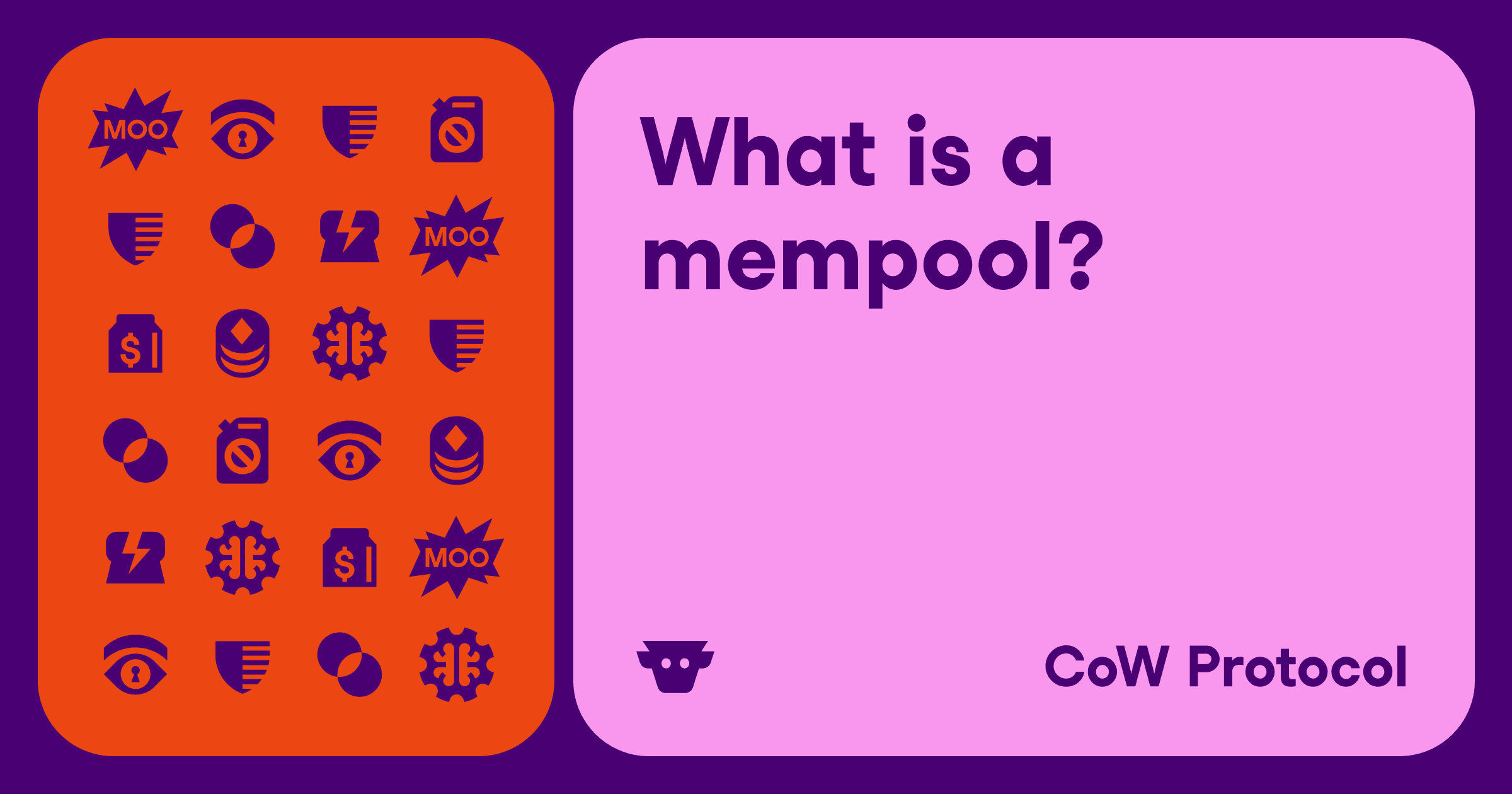Understanding DeFi Lending
Decentralized Finance (DeFi) is redefining how financial systems operate - and lending is one of its most powerful, and complex, tools. Whether you're looking to unlock liquidity, hedge your exposure, or execute more sophisticated strategies, understanding how DeFi lending works is essential.
This guide will walk through the fundamentals of DeFi lending: how it works, where the opportunities lie, and how to protect yourself. Whether you're just getting started or looking to sharpen your edge, we'll help you build a safer, smarter approach to on-chain lending.
What is DeFi Lending?
At its core, DeFi lending allows users to borrow and lend digital assets via smart contracts, without the need for traditional intermediaries like banks. Instead of credit scores or paperwork, loans are issued based on collateral. Value is locked in, interest accrues, and everything is executed programmatically on-chain.
This isn't about mortgages or car loans. DeFi lending isn't built for consumer finance - it's built for capital efficiency. Traders use lending protocols to access liquidity without selling their assets, enabling strategies like collateral swaps, yield farming, and more complex forms of risk management.
Done well, DeFi lending unlocks flexibility and control over your portfolio. Done recklessly, it exposes you to liquidation risks, volatile interest rates, and smart contract vulnerabilities. This is a tool - not a shortcut - and it requires a clear understanding of both the mechanics and the risks involved.
The Appeal of DeFi Lending: Speed and Scale
Lending and borrowing, fundamentally, are mechanisms for managing liquidity. Lending allows you to put your dormant assets to work, generating interest. Borrowing, conversely, enables you to secure liquidity by using existing assets as collateral.
DeFi lending operates on these same principles, but the inherent speed of blockchain transactions and smart contracts dramatically broadens the scope and efficiency of lending and borrowing techniques.
Hard-coded smart contracts provide a high degree of confidence for lenders, as the terms are immutable and self-executing. This intrinsic trust makes it significantly easier to access loans, provided you possess the necessary collateral. The instant execution of smart contracts ensures that funds are moved quickly and securely, making it ideal for rapid market movements and complex strategies.
Example: DeFi Lending with ETH
Let's break it down with a concrete scenario.
Suppose you're holding 4 units of a token currently trading at 0.2 ETH each. You're bullish on its future and don't want to sell - but you've also got your eye on other opportunities and need liquidity now to cover transaction fees or initiate new trades.
This is where DeFi lending comes into play.
Rather than liquidating your position, you deposit 2 of your tokens as collateral into a lending protocol. Based on collateralisation ratios - which typically range between 50-75% depending on the protocol - you borrow 0.04 ETH.
That 0.04 ETH can now be deployed however you choose: swapping into another asset, covering gas fees, or stacking into another strategy. When your original token appreciates, you repay the loan (plus interest), reclaim your collateral, and retain exposure to the asset's upside.
If the token has gained more value than the cost of your loan, you've effectively extracted liquidity without sacrificing your position - a classic example of smart capital efficiency.
But this strategy cuts both ways. If the token's price drops significantly, your position could be partially or fully liquidated, especially if you fail to maintain the required collateral ratio. Repayment becomes more expensive, and the upside disappears. Risk management - not just market conviction - is essential.
Used well, DeFi lending allows you to work your assets harder. Used recklessly, it can unwind positions fast. Know the protocol. Understand the terms. And always size your positions with downside protection in mind.
Flash Loans: Uncollateralized DeFi Lending
Flash loans are one of the most powerful - and misunderstood - instruments in decentralized finance. Unlike traditional lending, these loans don't require any collateral. Instead, they rely on the atomic nature of blockchain transactions: everything happens in a single block, or nothing happens at all.
Here's how it works: A smart contract executes a predefined series of steps - borrowing, swapping, repaying - all in one go. If any part of the chain fails, the entire transaction reverts. No harm, no foul. This structure makes flash loans incredibly secure for lenders, while offering users unprecedented liquidity for a few seconds of execution time.
Let's walk through an example.
Example: Flash Loan Strategy on Sepolia
Say you've borrowed 10,000 USDT, backed by 500,000 USDC as collateral. You want to repay part of the debt and reclaim some of that locked USDC. Here's how a flash loan can make it work:
-
Initiate Flash Loan: Borrow 5,000 USDT instantly via a flash loan.
-
Partial Repayment: Use the borrowed USDT to pay back half of your original debt.
-
Unlock Collateral: Based on the new loan balance, withdraw 400,000 USDC from your collateral.
-
Repay Flash Loan: Swap the USDC for USDT (ensuring you net more than the 5,000 USDT plus fees), then repay the flash loan - all within one atomic transaction.
The result? You've reduced your debt, freed up a large chunk of your USDC, and repaid the flash loan - without ever risking your own capital upfront.
Flash loans are a game of precision. They enable advanced strategies like arbitrage, collateral swaps, and debt restructuring - but only if every step in the plan executes flawlessly. If not? The entire operation is cancelled before it even hits the blockchain.
It's automation with built-in safeguards.
For a step-by-step implementation tutorial, check out the CoW Protocol Flash Loan docs.
MEV Risks in DeFi Lending
While powerful, DeFi lending, especially with techniques like flash loans, relies on specific sequences of orders and often precise price execution. This inherent ordering creates vulnerabilities to Maximal Extractable Value (MEV) attacks. MEV refers to the profit that can be extracted by reordering, inserting, or censoring transactions within a block.
MEV attackers can manipulate order sequences after a user's transaction is submitted but before it's confirmed on the blockchain. For instance, changing the price of a token involved in a flash loan or a complex lending strategy can breach the terms of the smart contract, leaving the borrower exposed even if their intended transactions were perfectly valid. This risk highlights the critical need for robust protection mechanisms in the DeFi lending space.
How CoW DAO Protects Against MEV for DeFi Lending
In DeFi, the danger isn't always obvious. It's not just volatility or bad calls - it's hidden threats like MEV (Maximal Extractable Value), where bots frontrun, sandwich, or manipulate your trades before they ever settle.
CoW has built an ecosystem to stop that - at the infrastructure layer, the user layer, and everywhere in between.
CoW Protocol: Infrastructure Built to Defend
At the core is CoW Protocol - the intent-based infrastructure that flips the traditional mempool model on its head. Instead of broadcasting raw transactions where anyone can exploit them, users submit intents to trade.
A network of independent solvers competes to find the most efficient way to settle those intents - often batching multiple trades together, matching orders peer-to-peer, or sourcing liquidity across multiple venues. Because solvers earn by optimizing for the user - not extracting from them - malicious MEV becomes obsolete.
This is infrastructure that puts the user first, by design.
CoW Swap: MEV-Protected Trading, Out of the Box
CoW Swap is our meta DEX - the most accessible way to tap into the power of CoW Protocol.
You get:
-
Best-execution routing across DEXs
-
Zero gas fees (via meta-transactions)
-
Built-in protection from MEV and slippage
-
A seamless experience, even for complex trades
No need to manage approvals, gas settings, or worry about bots front-running your swaps. CoW Swap brings solver-powered protection to the front-end - so you don't have to think about it.
MEV Blocker: Wallet-Level Defense, Everywhere You Go
Sometimes you're not using CoW Swap. You're out there farming, minting, LPing, or bridging across the DeFi universe. MEV Blocker is built for those moments.
Just connect to the MEV Blocker RPC in your wallet, and it routes your transactions privately to trusted builders - keeping them off the public mempool and safe from MEV attacks.
MEV Blocker works anywhere you trade, giving you:
-
Protection from frontrunning, backrunning and sandwich attacks.
-
Zero disruption to your usual workflow.
-
The potential to earn rebates from searchers bidding to include your transaction.
This is plug-and-play protection, with zero trade-offs.
Whether you're executing a simple token swap or managing a complex liquidity strategy, MEV can silently eat into your margins. CoW DAO’s product stack gives you layered defense - at the infrastructure level (CoW Protocol), the user level (CoW Swap), and the wallet level (MEV Blocker).
It's not just about protection. It's about making DeFi fairer, more efficient, and actually usable - for everyone.
Conclusion: Lending Smarter Starts with Trading Safer
DeFi lending opens powerful doors - from unlocking liquidity without selling your assets, to leveraging advanced tools like flash loans for strategic capital moves. But with that power comes risk, especially from MEV attacks that can silently erode your edge before your strategy even hits the chain.
That's why CoW is more than a trading platform - it's a protective layer for your entire DeFi stack:
-
CoW Protocol ensures your transactions are settled efficiently and fairly through competitive solver execution.
-
CoW Swap gives you direct access to MEV-resistant, gasless trading - optimized across chains and DEXs.
-
MEV Blocker embeds protection directly into your wallet, guarding your transactions wherever you go in DeFi.
In a space where every basis point counts, CoW helps you keep more of what's yours - and execute with confidence.
Stay protected. Trade smarter. Try CoW Swap


